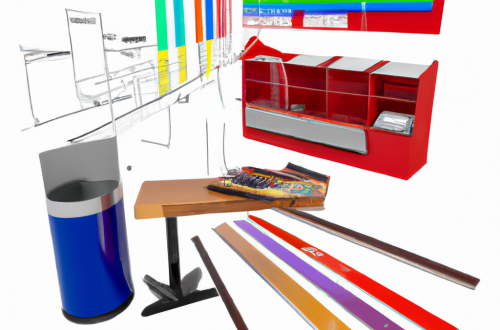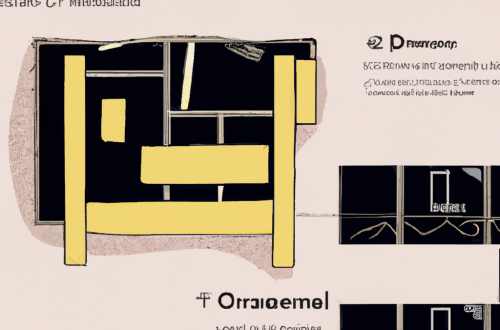Unleash Your Creativity: Transform Spaces with Modular Furniture Design Courses
Hey there, fellow design enthusiasts! Today, I want to dive into something that’s been on my mind lately—sustainable materials in modular furniture design courses. It’s a topic that’s not just trendy but incredibly important as we all try to make choices that are kinder to our planet.
So, let me take you back to the first time I stumbled upon this idea. It was during my third year in college when I enrolled in a course titled ‘Sustainable Design Practices.’ Honestly, at first, it sounded a bit daunting. I mean, how could one small class change the world? But oh boy, did it open my eyes!
The professor started with a story about her favorite chair—a piece she’d designed herself using reclaimed wood from an old barn down the road. She described how each plank told its own story and how every scratch and dent added character rather than detracting from it. There was something magical about giving new life to what might otherwise end up forgotten.
I remember thinking right then and there—modular furniture made from sustainable materials isn’t just about saving trees or cutting down waste; it’s also about creativity and innovation. It’s like creating art that you can sit on!
One of the coolest parts of these courses is getting hands-on experience with various sustainable materials. For instance, have you ever heard of mushroom leather? Sounds bizarre, right? But it’s this really neat alternative to traditional leather that’s biodegradable and cruelty-free! When our class got to experiment with it for a project, we were all skeptical at first (myself included). Would it hold up? Would anyone actually want mushroom leather chairs?
Turns out—it’s pretty darn durable! And it looks good too! Seeing something go from an odd concept to a tangible product was incredibly rewarding.
Another thing that sticks with me is visiting local workshops that specialize in recycled metal furnishings. Watching artisans transform discarded metal pieces into sleek modern designs was nothing short of inspiring. One craftsman showed us how he turned old bicycle chains into intricate table legs—talk about turning trash into treasure!
In these classes, collaboration is key too. I teamed up with some amazing classmates who brought their own unique perspectives—one guy had spent years working in carpentry while another girl had studied environmental science before switching over to design school. Our group projects were always filled with lively debates about which materials would work best or how far we could stretch our creative boundaries without sacrificing sustainability.
By the end of those courses—and many late nights fueled by coffee and enthusiasm—I realized sustainable modular furniture isn’t just some passing fad; it’s genuinely shaping future design landscapes. Not only does using eco-friendly materials help reduce our carbon footprint but they often lead designers like us towards innovative solutions we might never have considered otherwise.
And let’s not forget—the satisfaction knowing your work contributes positively instead of adding more clutter or harm—is unbeatable!
So if you’re contemplating signing up for such courses or simply curious about incorporating green practices into your home decor game plan—I say go for it! Embrace all things quirky (mushroom leather!) along with classics (reclaimed wood!). You’ll likely discover—as I did—that sustainability opens doors beyond mere environmental benefits—it transforms how you view creativity itself.
Have any stories or thoughts on sustainable design adventures? I’d love hearing them below—and maybe swap ideas over digital coffee sometime soon! Until next time folks—stay curious & keep designing smartly 🌿✌️





